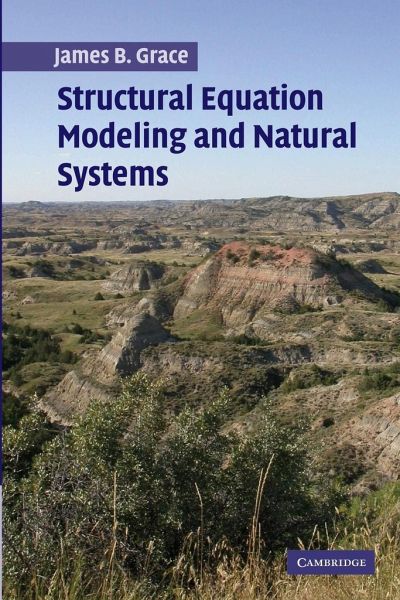
Structural Equation Modeling and Natural Systems

PAYBACK Punkte
37 °P sammeln!
Book showing that much can be learnt by viewing ecological systems from a multivariate perspective.


Rechnungen
Bestellstatus
Retourenschein
Storno